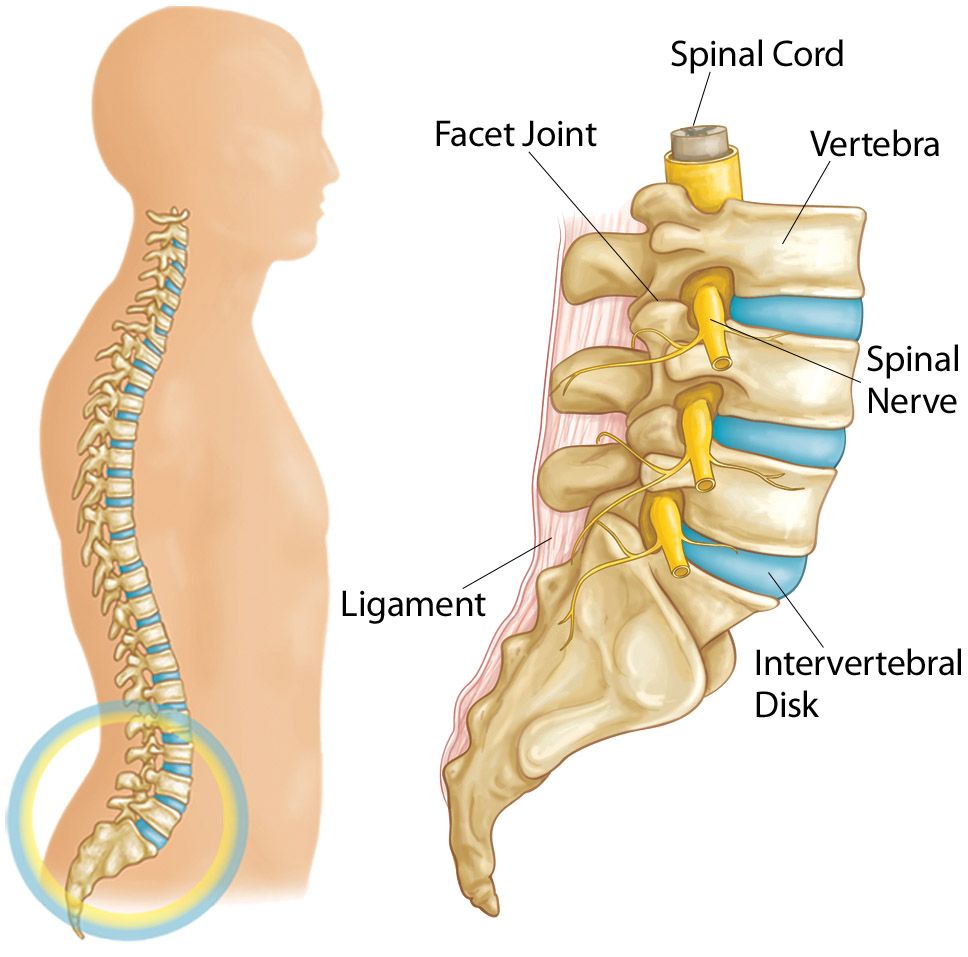
Disk herniation, often called a "slipped" or "ruptured" disk, occurs when the soft, gel-like center of an intervertebral disk pushes through its tough outer layer. This can irritate nearby nerves, leading to pain, numbness, or weakness in the affected area. The condition most commonly affects the lower back (lumbar spine) but can also occur in the neck (cervical spine).
A herniated disk is typically the result of gradual wear and tear due to aging, known as disk degeneration. Other contributing factors include:
Repetitive Movements – Lifting, twisting, or bending incorrectly.
Sudden Trauma – Injuries from accidents or falls.
Sedentary Lifestyle – Prolonged sitting weakens spinal support.
Genetic Factors – Some people are predisposed to disk issues.
Symptoms vary based on the location and severity of the herniation. Common signs include:
✔ Lower Back Pain – Often radiates down the legs (sciatica).
✔ Neck Pain – May spread to shoulders and arms.
✔ Numbness or Tingling – Affected nerves may cause a "pins and needles" sensation.
✔ Muscle Weakness – Can lead to difficulty lifting objects or maintaining balance.
Stay informed with expert insights, tips, and exercises for foot and ankle health. Check out our latest resources:
Keep yourself updated with the latest informative videos and learn more in detail about the benefits of these modern aesthetics and cosmetic procedures.